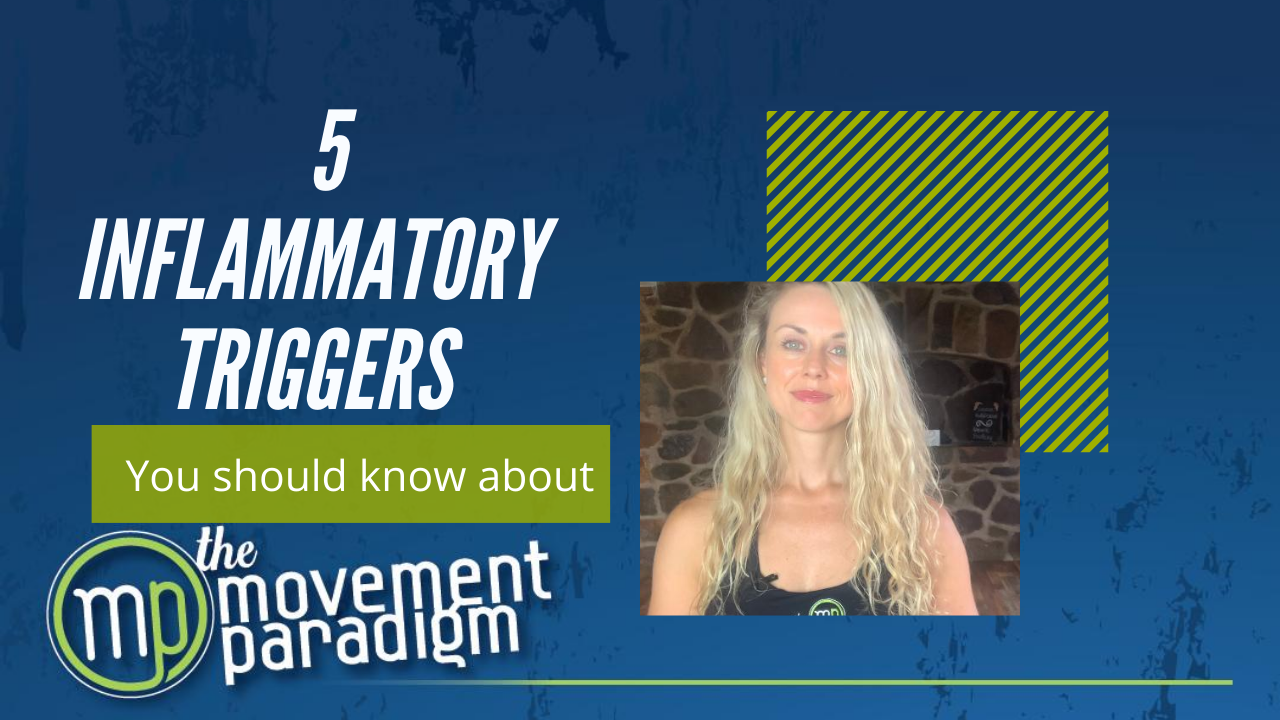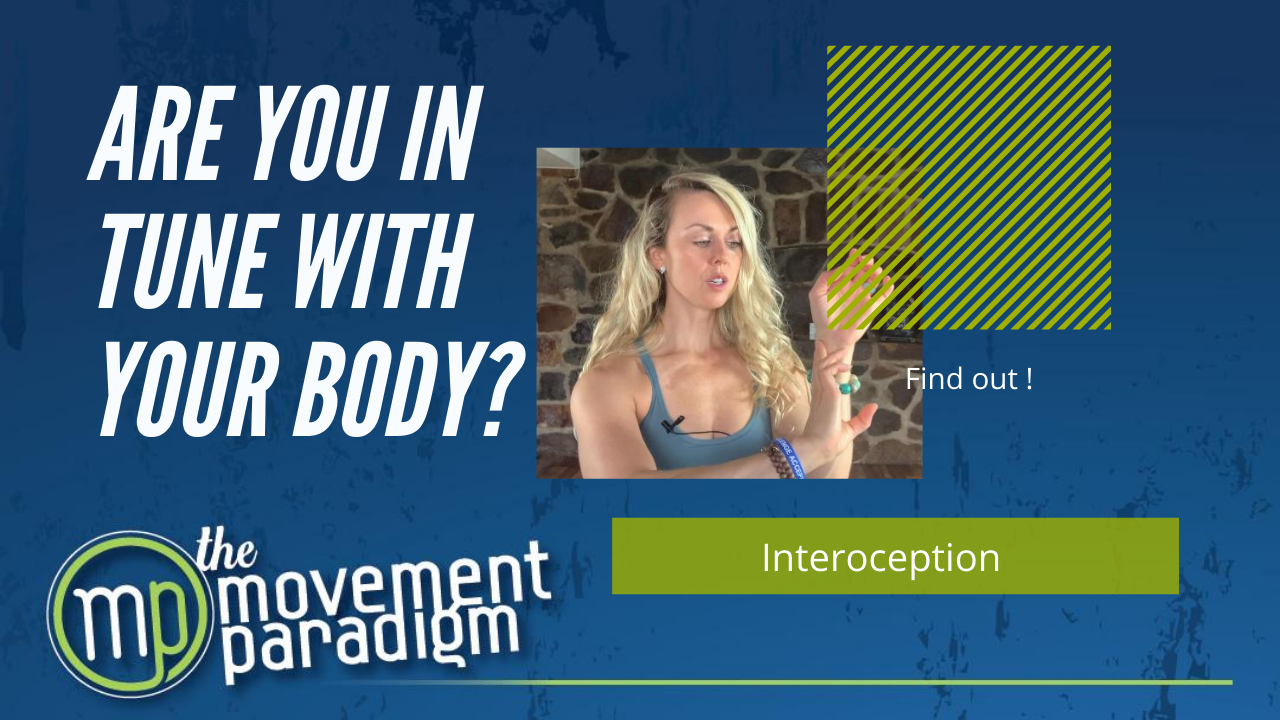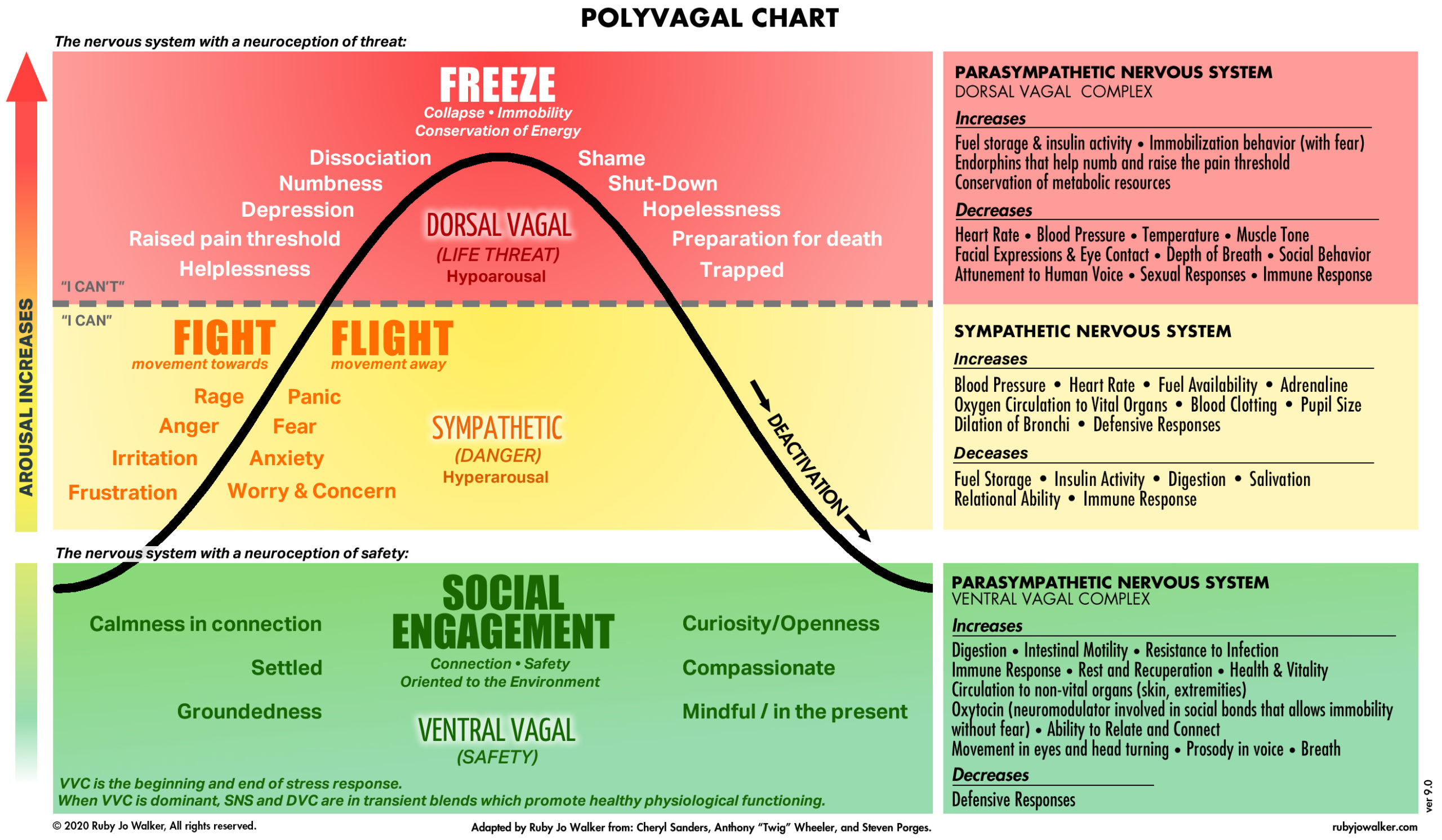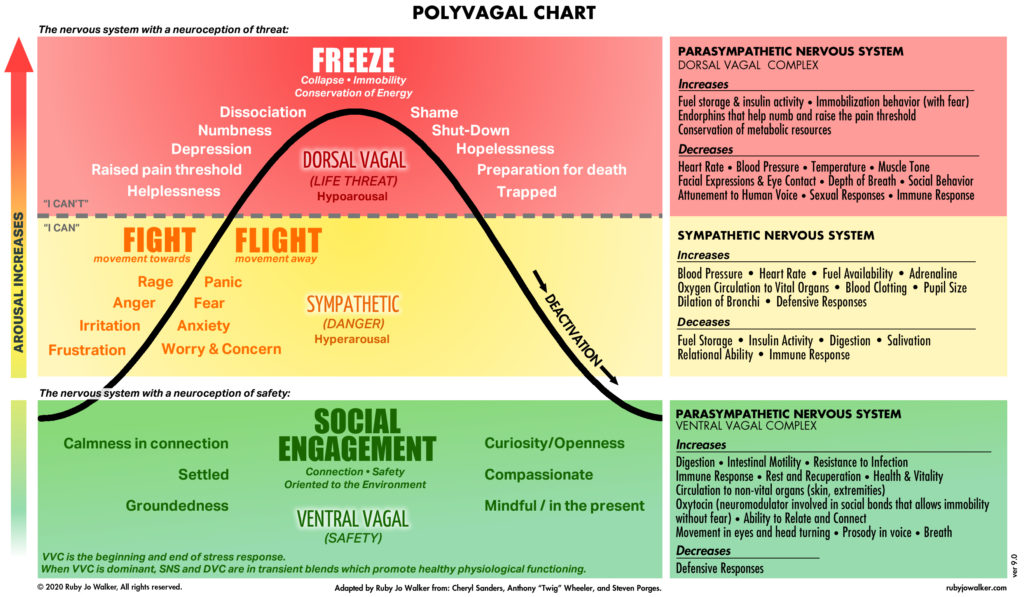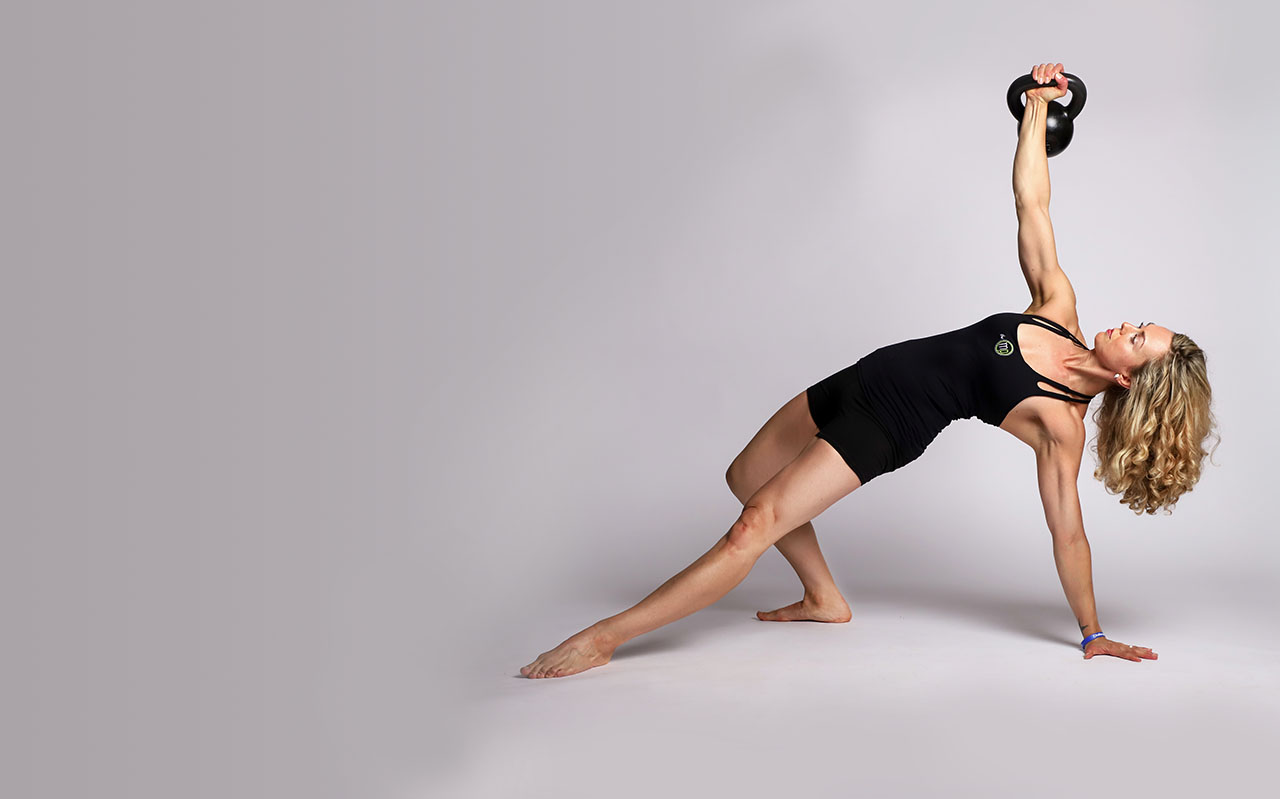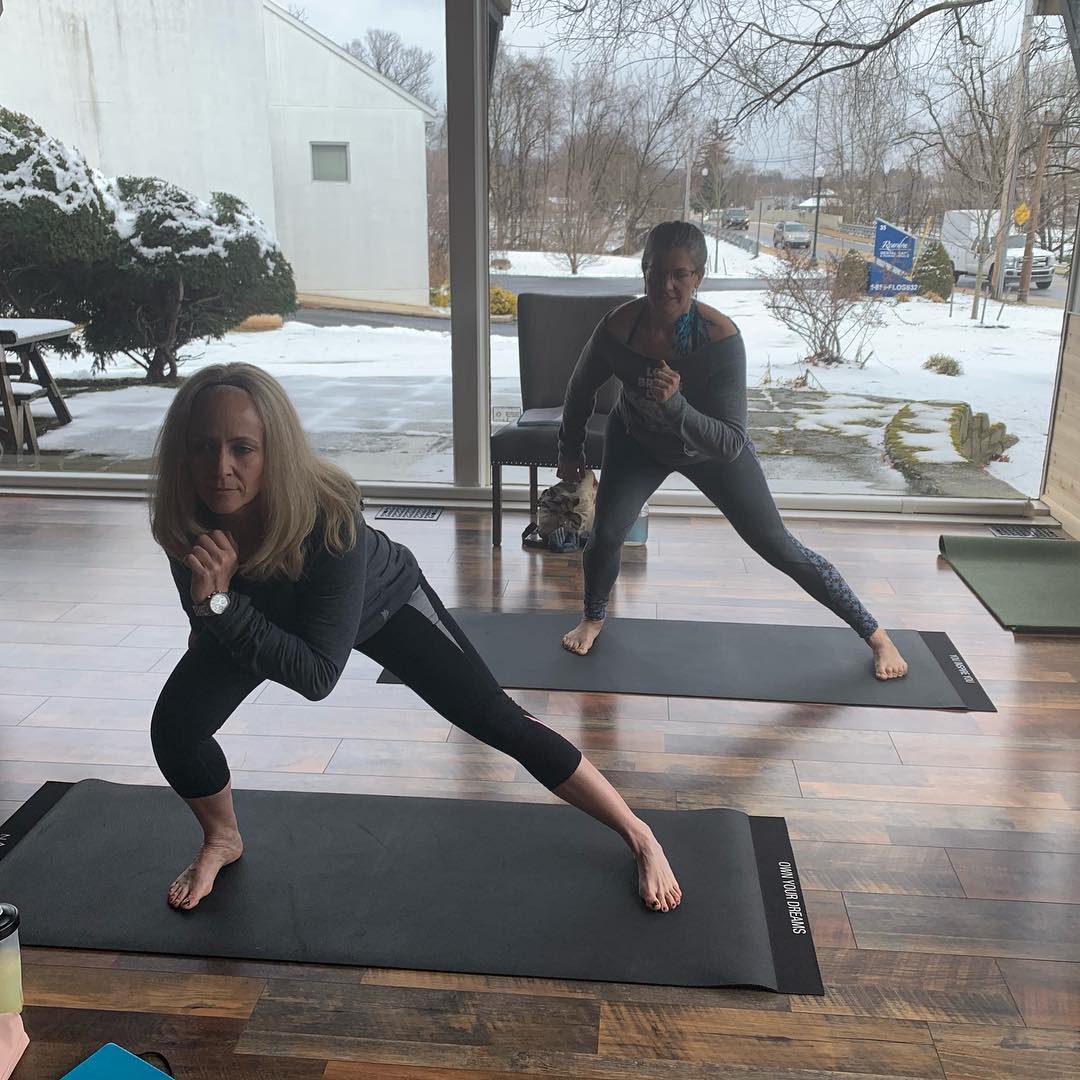Do you suffer from chronic conditions such as chronic pain, joint stiffness, muscle stiffness, digestive issues, skin issues, delayed onset allergies that have seemed to haunt you later in life, or perhaps any other chronic health condition you’ve been suffering from? In this case, you may have what we refer to as systemic inflammation, where your body had a loss of tolerance and it is not able to manage inflammation well on its own.
Seventy-five to ninety percent of all human disease is linked to excessive or persistent inflammation, so it is really important to figure out what may be inflammatory for you in your body. Let’s discuss five different categories of inflammatory triggers.
5 Different Categories of Inflammatory Triggers
1) Food
The Standard American Diet (SAD) is a western-style diet filled with rich, processed foods, fatty foods, and sugary foods. It is the classic pro-inflammatory diet that a large majority of Americans consume. Additionally, there are also 12 potentially inflammatory foods that could be driving your health conditions.
Some of these foods may seem healthy and very well can be, however that doesn’t mean they are healthy for everyone. This could be anything from soy, peanuts, processed meats, red meat, shellfish, and the list goes on. Your friend may be able to eat gluten, but you may not be able to.
2) Bugs
This could be a parasite that is causing an infection and ongoing inflammation in your body. It is really important to be tested for this especially with chronic health conditions that you’re trying to determine what the root cause is and a comprehensive stool test including a parasite test will evaluate for that specifically. This could also be something like a tick-borne illness contributing to an ongoing infection that your body is trying to manage.
3) Toxins
This can include internal toxins as well as external toxins. External toxins are things like herbicides, pesticides, and cleaning chemicals. We also have it in the products that we use on our bodies. On average, a woman uses 168 chemicals before they leave the house in the morning and a male uses 87. A female teenager uses even more than that. So, we want to think about the toxins that we are exposed to in our daily environment but also in our outside environment.
Mold is a common example of a toxin that many people are exposed to without knowing. We can also have internal toxins. Yeast overgrowth, for example, is an internal infection your body may be trying to manage or small intestinal bacterial overgrowth (SIBO). There’s a lot of toxins that we are exposed to in our environment, even if we try to control what we can control.
4) Trauma
This can be anything from chemical trauma, mechanical trauma, or emotional trauma. One of the biggest aspects of trauma is going to be stress. Stress is one of the number one things that contribute to inflammation in the body. There is also physical trauma. You could roll your ankle or hurt your knee while you’re running, etc., which can cause acute inflammation. If your body can’t manage it, then it can become systemic inflammation.
5) Hormone Dysfunction
Oftentimes we think of just the sex hormones when we think about hormone dysfunction. However, the hormone dysfunction that typically is the kick starter for most people is our stress hormones (think cortisol!) and especially right now in life. This is such a challenging time for so many of us that the stress hormones really can drive thyroid issues and other sex hormone issues such as estrogen dominance or progesterone and testosterone deficiency.
Everything works in a hierarchy. Don’t forget about our hunger hormones, too. Leptin is a hormone produced by the fat cells in your body. Its main role is to regulate fat storage and how many calories you eat and burn but not if it’s dysregulated. Weight gain anyone? If you are consuming too many carbohydrates and sugar, insulin can also become dysregulated. Hormone dysfunction is complex, multifactorial, and can surface in many ways.
What happens if one of these categories light up?
You will have a greater inflammatory response when more of these receptors from all these different categories light up. Think of this as molecular signaling. So if you are a person that is eating inflammatory foods, you’re under a lot of stress. You already have a thyroid issue, then your inflammatory response is likely going to be greater. Therefore, you will lose tolerance and you will have systemic inflammation which puts you at great risk for many diseases.
This can range from heart disease to cancer to neurodegenerative diseases like Parkinson’s, MS, and Alzheimer’s. You want to think about how you can manage these five categories, and looking at all of them clearly and carefully to determine what are the driving forces for you that are contributing to you not feeling your best.
At the end of the day, that’s what it’s all about…feeling your best. How can you optimize your health, how can you take ownership of your health, and make sure that you are living with vitality and not just skating through the world? You CAN feel energized, motivated, and live you’re best life.
Reach out for a 15-minute FREE discovery session to see how we can help you on your journey.
For more content, make sure to subscribe to our YouTube channel here.
Other things that may interest you:

